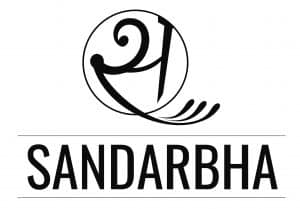Class-6 Science Notes- Chapters 5&6
Chapter-5
Separation of Substances- Methods of Separation
- Hand Picking– Used for separating slightly larger sized impurities quantities of which is usually not very large.
- Threshing– Used to separate grains from stalks etc. The stalks are beaten to free the grain seeds. It can be done both with the help of bullocks or machines.
- Winnowing– Used to separate heavier and lighter components of a mixture by wind or by blowing air. This method is commonly used by farmers to separate lighter husk particles from heavier seeds of grain. The husk particles are carried away by the wind. The seeds of grain get separated and form a heap near the platform for winnowing.
- Sieving- It is used when components of a mixture have different sizes.
- Sedimentation– When the heavier component in a mixture settles after water is added to it, the process is called sedimentation. When the water (along with the dust) is removed, the process is called decantation. The same principle is used for separating a mixture of two liquids that do not mix with each other.
- Evaporation- The process of conversion of water into its vapour. It goes on continuously wherever water is present. It can be used to separate salt from water. The process of conversion of water vapour into its liquid form is called condensation.
- Filtration- It can be used to separate components of a mixture of an insoluble solid and a liquid.
- A saturated solution is one in which no more of that substance can be dissolved.
- More of a substance can be dissolved in a solution by heating it.
- Water dissolves different amount of soluble substances in it.
Chapter-6
Changes Around Us
- Some changes can be reversed and some cannot be reversed.
- A change may occur by heating a substance or by mixing it with some other substance.











